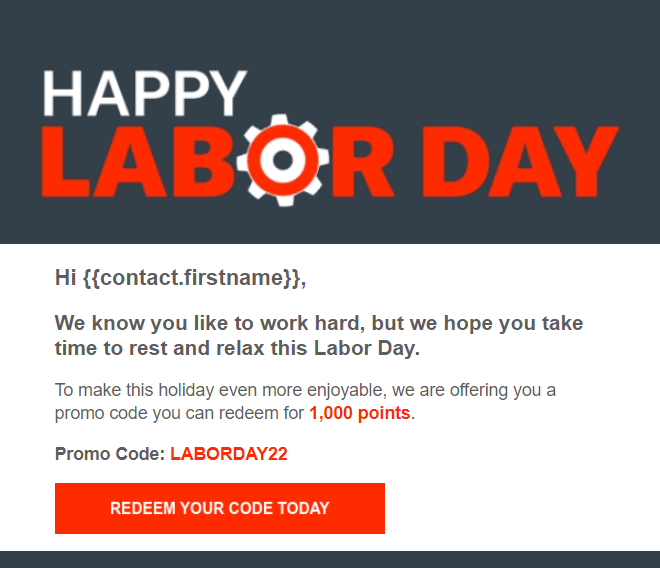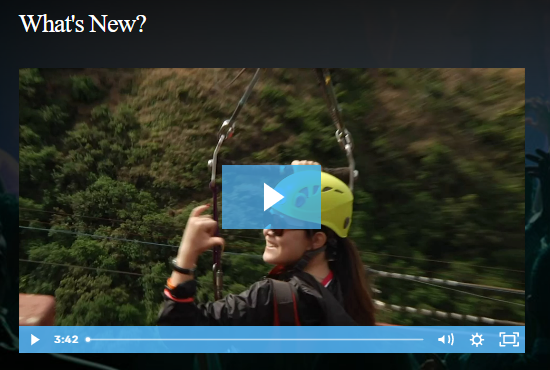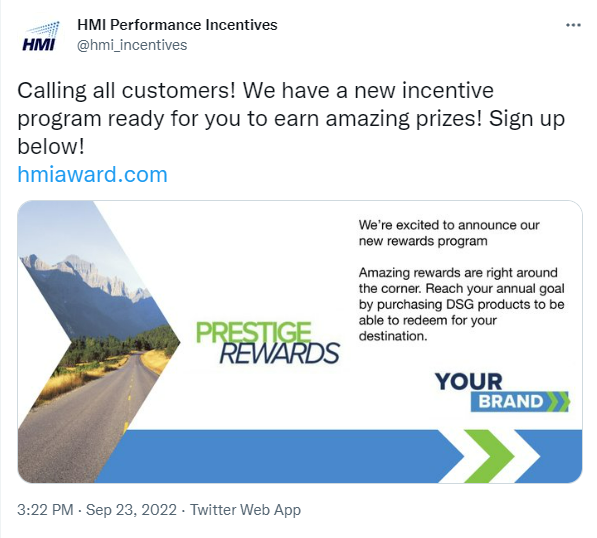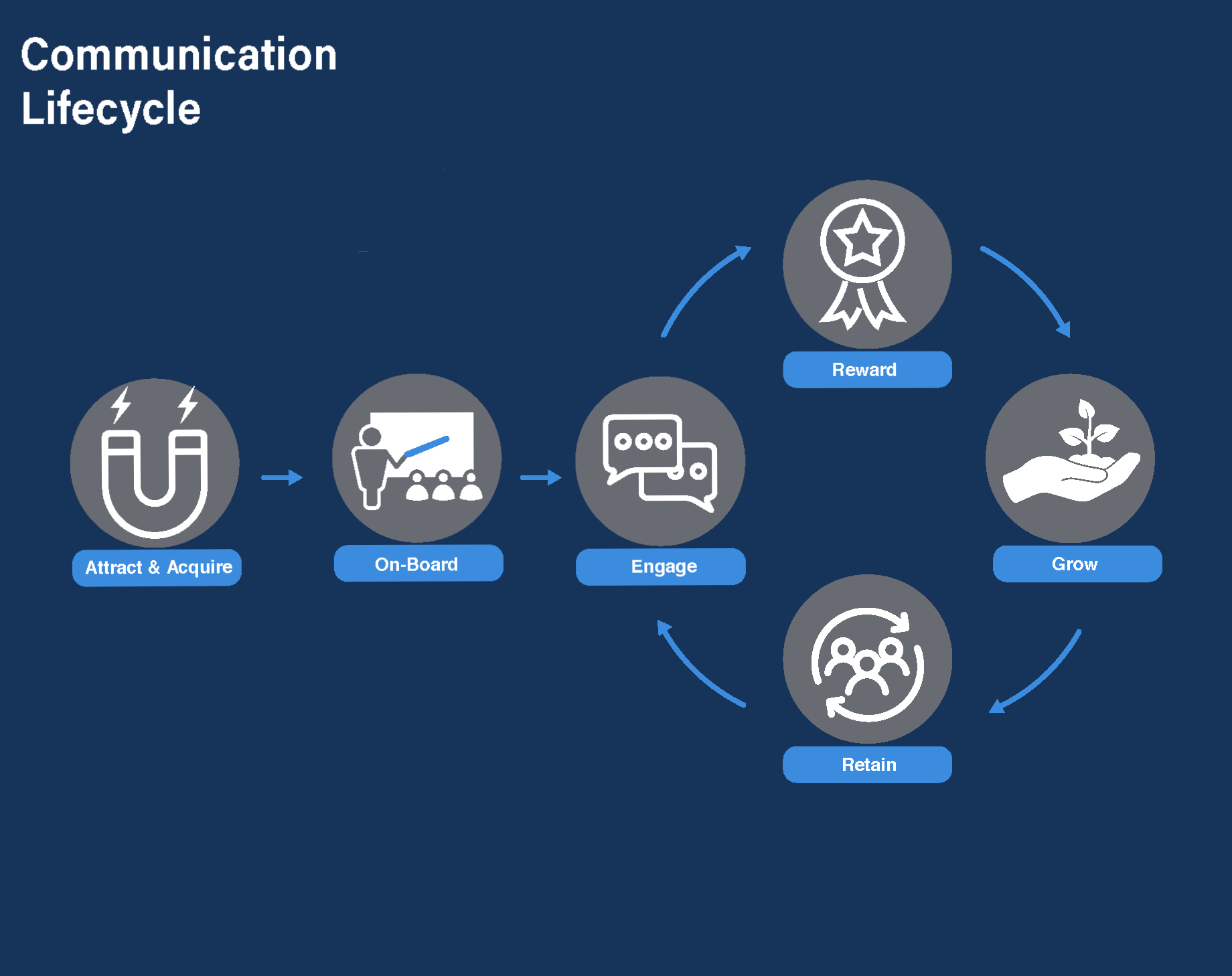Long-term Success Starts with a Successful Incentive Program Rollout
Often, when we talk about running a successful channel incentive program, we’re looking at the big picture. Programs can run for many years, and much of the strategy discussion focuses on long-term goals. While the long-term is important to keep in mind, what about the essential steps in that first key phase – the rollout?
First and Foremost
It’s important to note that while a successful launch is imperative, it’s not the endpoint of the channel incentive strategy. We like to look at an incentive program as more of a cyclical process: after rollout, a program needs to be evaluated for its performance, with adjustments being made where necessary or when opportunities present themselves.
In other words, don’t think of this as a checklist to complete at the outset of a program. Incentive programs require continual testing, reviewing, and tweaking to make sure you and your participants are getting the most out of it.
Successful incentive strategies are also about change management and two-thirds of change management initiatives fail. To be successful, you need to ensure all stakeholders understand your vision and goals, have the skills and resources necessary to execute a clear action plan and are motivated throughout the process.
So, with that in mind, here are a few insights on how to hit the ground running on a new incentive program.
Clear Communication Is Key
Communication is one of the most important factors in a successful channel incentive program rollout. From executive management to your sales team, everyone should be on the same page about the program’s strategy, structure, and goals. Your executive leaders should be well educated on the program not only to help communicate it to the rest of your company but so they can better integrate the program into your overall business strategy.
As for sales, I addressed the importance of this element earlier this year in an article about
aligning sales and marketing – just as your marketing team needs to be in the know about the program to produce successful communications, your sales team needs to be able to promote and field program questions from your customers.
Deliverables
A successful launch means making sure information is available to everybody who needs it, both internally and externally. Internally, your sales team must understand the program’s goals and vision to evangelize it to their customers. Without a solid plan for how they can implement a change for their customers, your program launch won’t be as effective. Get your sales team up to speed on the program by providing resources such as:
- A webinar to lay out the program and answer questions
- Digital or physical cheat sheets to clarify the structure and provide answers to FAQs participants may have
- Once the program launches, provide access to real-time data insights that offer a sense of their clients’ engagement and activities
Externally, we use a variety of tactics to generate buzz for an upcoming program. These include but are certainly not limited to:
- Email: Vital for helping introduce the program to your target audience, onboard new participants, communicate updates and new promotions, and maintain engagement.

- Video: Explain and promote the program through animation, voiceovers, testimonials, etc. This can be especially helpful in generating excitement. They’re also easily disseminated digitally and can be watched on a wide variety of devices.

- Social media: This may not always be appropriate depending on your particular brand or industry, but for some businesses communications through sites like Twitter or LinkedIn are the best way to get the word out.

- Live events: Even in a world that’s ever more online, in-person communication is still important to doing business – and maybe even more so now. Take advantage of any counter days, sales meetings, anniversary events, conferences, or other events to generate buzz among a captive audience.
- Non-digital communications: Similarly, we’ve gotten so used to digital that physical communications are starting to feel like a novelty. Take the opportunity to send prospective participants a physical token that will add value to their view of your brand. Boxes of branded merchandise showing up at their door is a really memorable experience for participants.
Think about your program’s communications as a lifecycle, where you’re Attracting, Acquiring, On-Boarding, Engaging, Rewarding, Growing, and Retaining. These seven steps are a great way to keep a steady flow of new customers enrolling in the program while keeping your current participants happy. As you can see from the graphic below, the communication should be cyclical and needs to constantly feed the circle!

While the initial step of getting customers to enroll in your incentive program is a very important one, the next step—onboarding—is equally crucial. One of the most common challenges a new program runs into is getting participants to engage after the initial enrollment—often, customers will sign up for a program and then never return to it.
One of the best ways to mitigate this problem is through what we call a
“Fast Start” promotion, some kind of initiative that rewards participants for getting in on the program early. For example, a program might award a sum of bonus points upon enrollment, provide a free gift, or offer double points for the first few months of the program.
Fast Start promotions and other enrollment bonuses give new participants an immediate feeling of commitment to the program, using what’s called the Consistency Principle of behavioral economics. Since they already have a sum of points that they can use to redeem rewards, they feel more compelled toward adopting the program. This, in turn, makes them more likely to be engaged over time. For the same reason, Research from
Northwestern University’s Medill Spiegel Research Center has also proven that allowing customers to earn rewards immediately can dramatically increase purchase behavior.
Whatever form it takes, the point is to communicate a sense of urgency and make benefits visible from the outset so that the target audience has a sense of the value the program offers.
Conclusion: Integration is Key
Depending on your business, some of these tactics may be more viable than others. But whatever steps you take, it’s important to keep in mind that, like the program itself, none are independent initiatives.
The program should function as a component of your overall business strategy, and program communications should be seamlessly integrated into your overall communications and your business model. The point is to make the experience as frictionless as possible for your channel partners. Marketing through well-read communications channels, single sign-on functionality, and a well-informed sales team will help to smoothly integrate the program into the customer’s day-to-day business relationship with you.
This is another reason why it’s so important to understand your incentive program as a living thing that changes over time. Even with a successful initial rollout, routine maintenance is required to help the program continue reaching its full potential and ensure that it’s functioning harmoniously with the rest of your business.
About HMI Performance Incentives
People are an organization’s most important asset. Using data and behavior-driven methodologies, strategic design, creativity, and empathy, every company can achieve its growth and profit goals through a comprehensive incentive loyalty strategy. Founded in 1980 in Cambridge, MA, HMI Performance Incentives is a global leader in designing and managing incentive loyalty solutions.
Keywords: channel incentives, incentive program rollout, incentive program lifecycle, marketing your channel incentive program